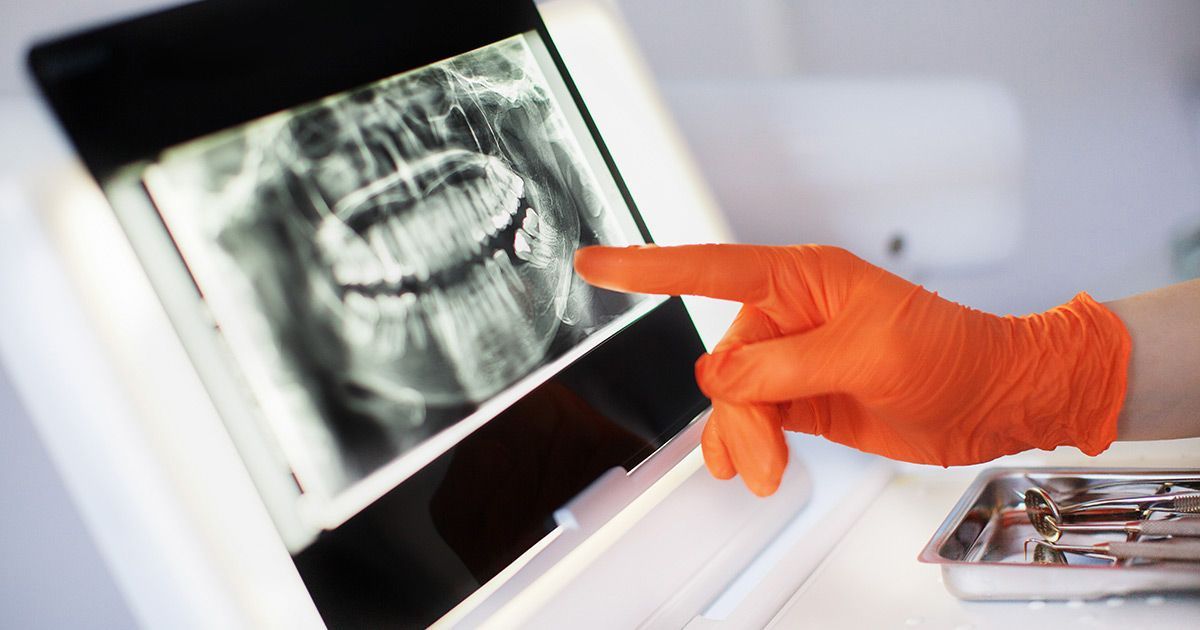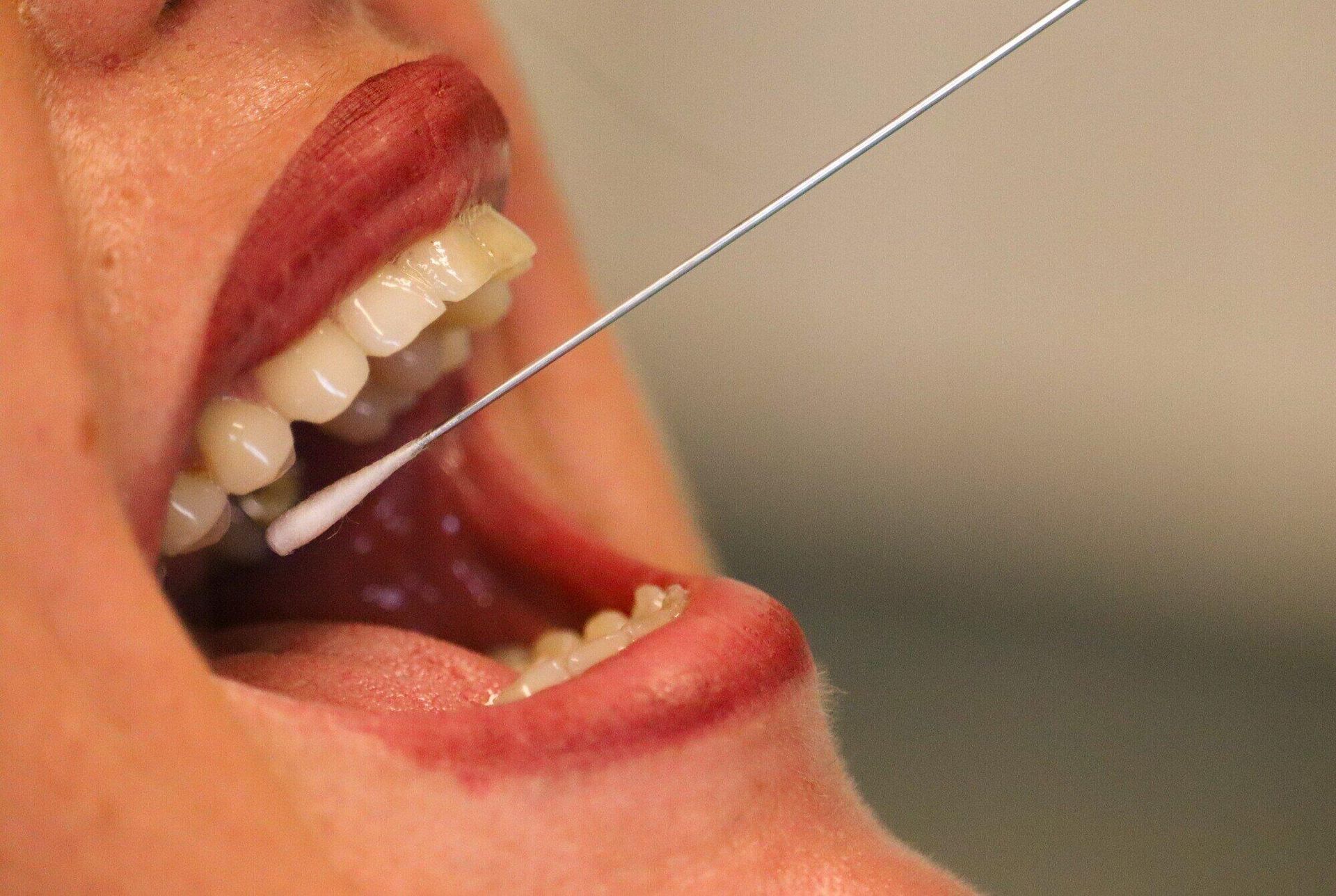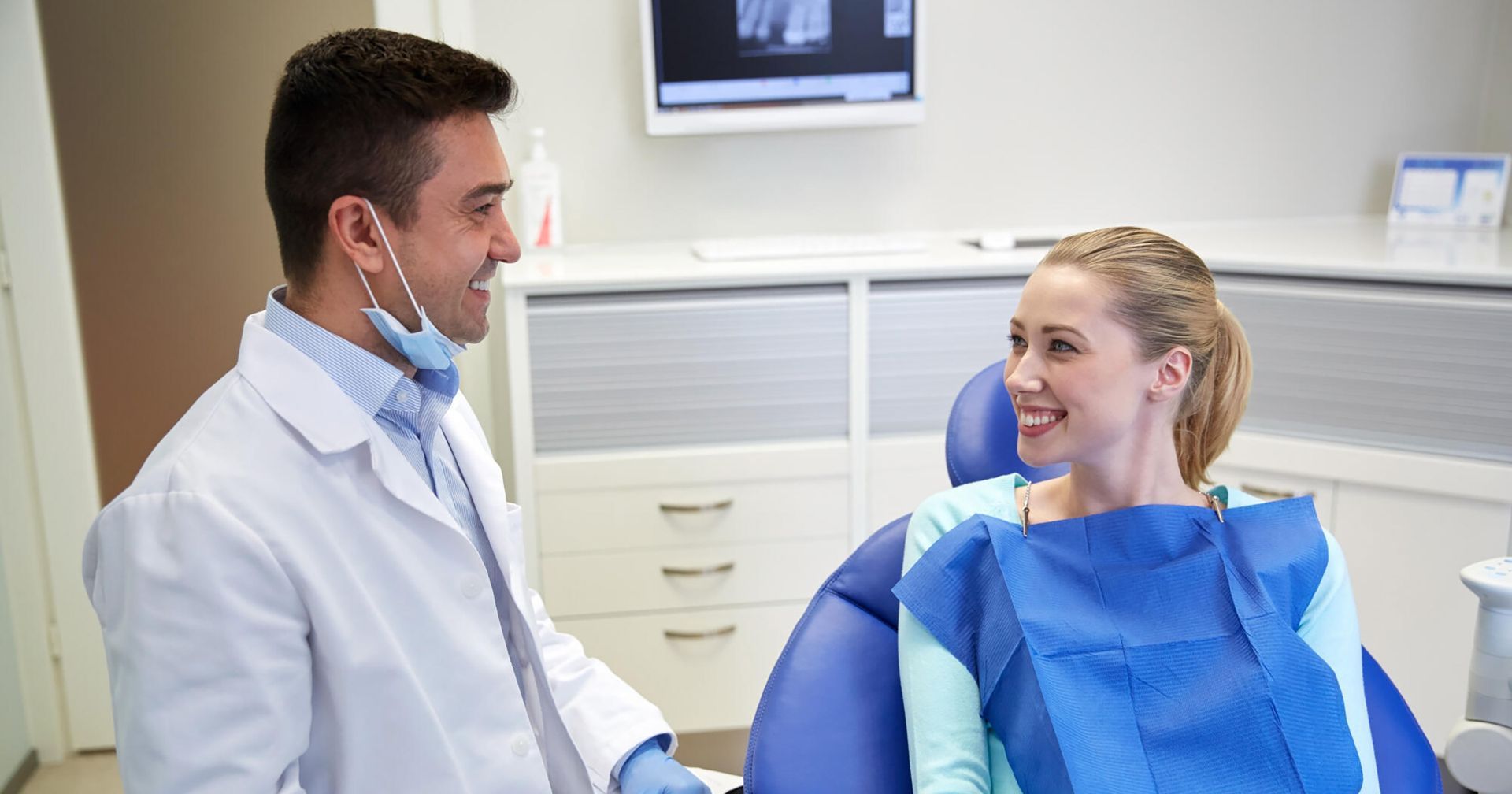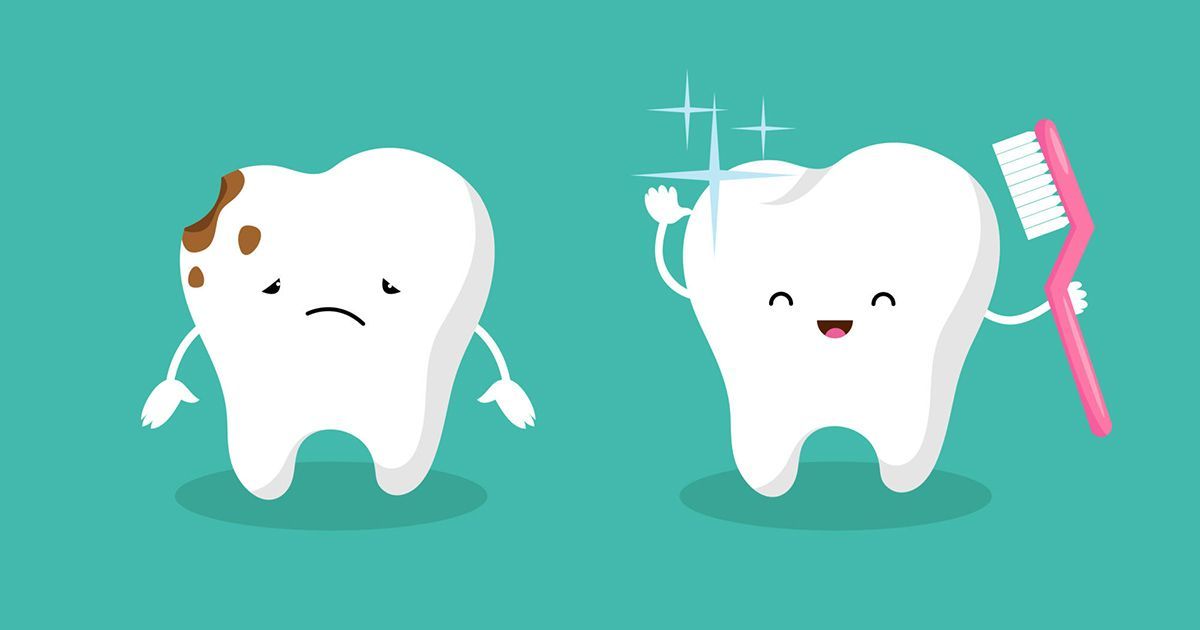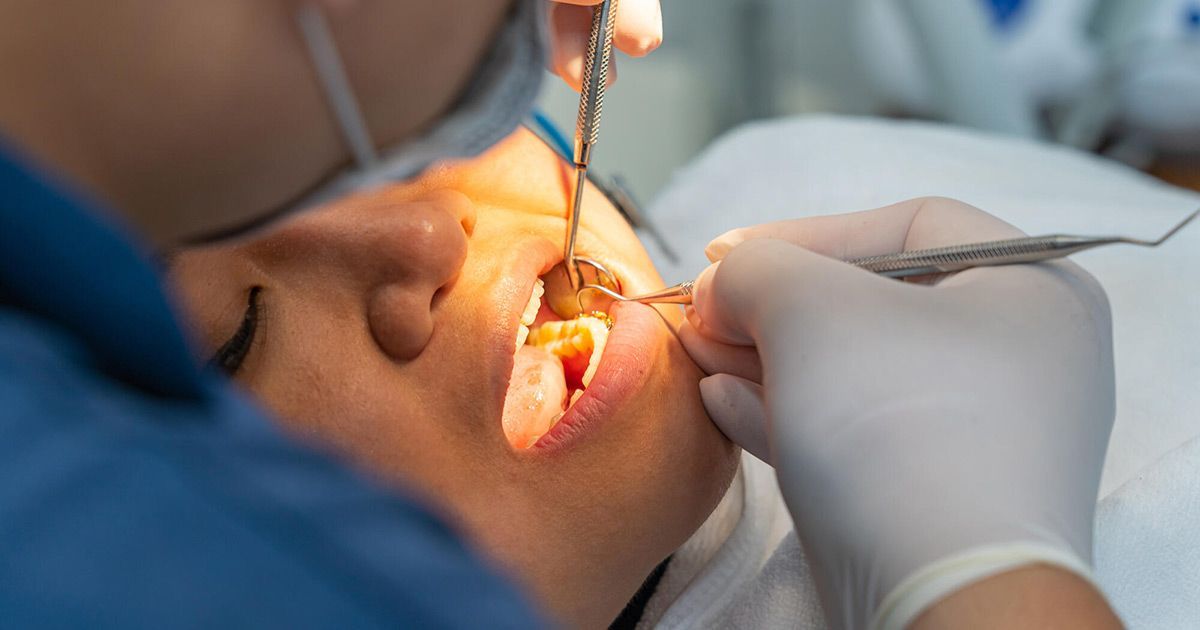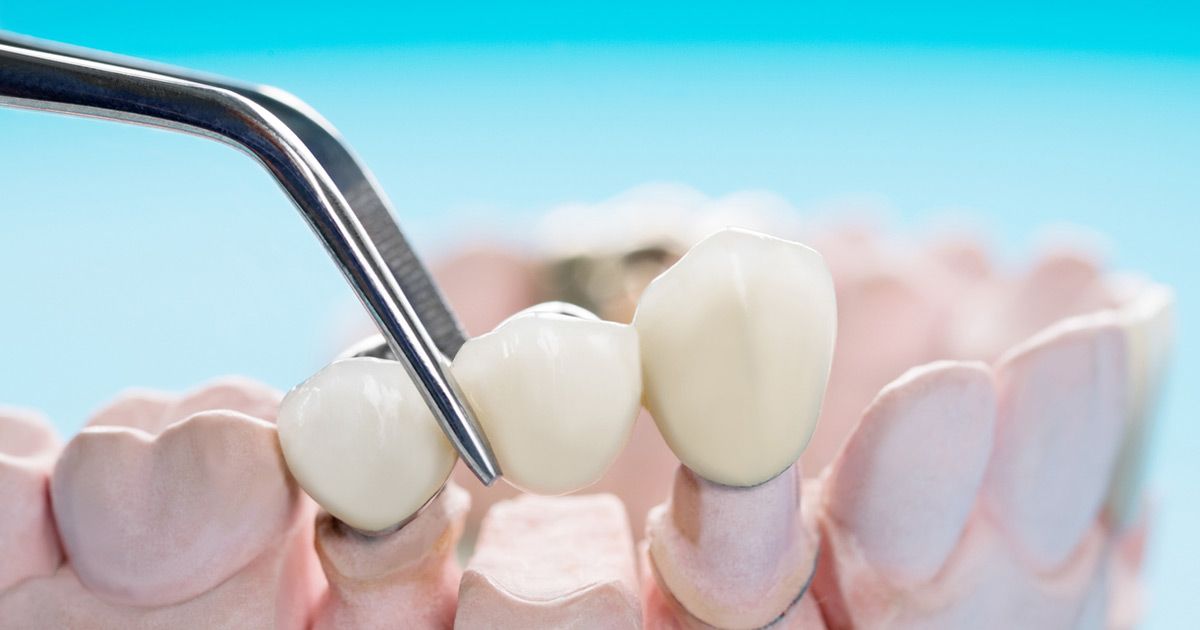The Impact of Guided Bone Regeneration on Long-term Dental Health
Understand how guided bone regeneration impacts long-term dental health. Explore the benefits and secure your oral future now with expert insights!
What if your jawbone was silently eroding beneath your gums, putting your future smile at risk? That's what happens when missing teeth aren't replaced, and it's where guided bone regeneration steps in, a game-changing solution in modern dental care.
We're seeing an increasing need for innovative procedures like this-ones that not only protect, but actively rebuild the foundation of your oral health for the long haul. Techniques like guided bone regeneration are the backbone of advanced dental procedures, helping patients avoid long-term complications.
Want a healthier, stronger smile? Keep reading to discover how.
How Guided Bone Regeneration Supports Jaw Health
Maintaining strong jawbone integrity is crucial for long-term oral health, especially when missing teeth leave gaps that can lead to bone deterioration. Guided bone regeneration steps in to fill that void, ensuring your jaw stays solid and functional for years to come.
How Guided Bone Regeneration Prevents Bone Loss
When teeth are lost, the jawbone in that area begins to shrink, affecting facial structure and future dental work. Guided bone regeneration stimulates bone growth, preventing this process.
Key benefits of this technique include:
- Encourages natural bone regeneration
- Provides a strong foundation for future dental procedures
- Reduces the risk of bone deterioration
Preventing Future Complications
Using modern bone regeneration techniques, dentists help patients avoid long-term complications like:
- Jaw misalignment
- Difficulty in receiving dental implants
- Loss of facial structure and support
With guided bone regeneration, you're protecting the future of your smile by ensuring a healthy, resilient jaw.
Guided Bone Regeneration Benefits for Implants
For patients in need of dental implants, guided bone regereration offers a crucial advantage, especially when bone loss has occurred.
Dental implants rely on a strong jawbone for proper integration and long-term stability. By regenerating bone, this procedure provides a robust foundation for the implant, which significantly enhances the chances of long-term success.
Solid Foundation for Longevity
Without enough bone, dental implants can fail over time. Guided bone regeneration prevents that by:
- Rebuilding jawbone where it has deteriorated
- Offering a stable platform for implants to integrate
- Improving the long-term success and lifespan of implants
Implants that are placed into regenerated bone experience fewer complications over time, such as shifting or loosening, helping to reduce the likelihood of implant failure. This makes the procedure invaluable for anyone considering an implant after bone loss.
Advanced Dental Procedures and Dental Health Innovation
Guided bone regeneration is part of the latest wave of advanced dental procedures. Innovations in dental health technology have made this process more efficient and reliable, offering numerous benefits, such as:
- Higher implant success rates
- Reduced healing times
- Improved patient satisfaction due to more predictable results
This is crucial for long-term oral health. Patients who undergo this procedure can enjoy a quicker return to normalcy, confident that their implants are
secure and built to last.
Comparing Traditional Methods to Guided Bone Regeneration
Traditional bone grafting methods have been used for years to rebuild jawbone, but guided bone regeneration represents a major advancement in dental care. Unlike grafting, where bone material is surgically implanted, Guided bone regeneration encourages the body's natural healing process, allowing the bone to regenerate on its own.
Patient Comfort and Faster Recovery
Patients who undergo Guided Bone Regeneration often experience:
- Less discomfort
- Quicker healing times
- Fewer complications post-surgery
These benefits make it a preferred choice over bone grafts, which often involve longer recovery times and more invasive procedures.
Why Dentists Prefer Guided Bone Regeneration
Guided bone regeneration has become a favorite among dentists because it:
- Minimizes patient risk
- Provides more predictable outcomes
- Utilizes the body's natural ability to heal, making it a less invasive option for many
Thanks to dental health innovation, this technique offers a smoother, more comfortable experience for patients, while also delivering superior long-term results.
Long-term Results of Guided Bone Regeneration
The long-term benefits go beyond immediate restoration, creating a foundation for lasting oral health. Without this procedure, missing teeth or bone loss can lead to significant jaw deterioration over time. Guided bone regeneration works to prevent this by actively stimulating bone growth, ensuring the jaw remains strong and functional.
This not only preserves your smile, but also prevents further complications down the road.
Extending the Life of Implants and Restorative Work
Dental implants and other restorations like bridges and crowns rely heavily on the health of the jawbone. Guided bone regernatation helps ensure that implants have the sturdy foundation they need to integrate with the jawbone properly.
Over time, this increases the longevity of the implant, reducing the likelihood of failure. Other dental work, such as dentures or bridges, also benefits from the added stability that this procedure provides.
By ensuring the jawbone remains healthy, guided bone renereration extends the life of all dental restorations. Patients with regenerated bone can expect:
- A secure fit for dentures and crowns
- A reduced need for future corrective procedures
- Improved facial structure and symmetry
Lasting Impact on Overall Dental Health
By maintaining jawbone stability, guided bone regeneration has a profound impact on long-term oral health. It prevents the gradual weakening of the jaw, which can lead to:
- Shifting teeth
- Jaw misalignment
- Altered facial appearance
Additionally, keeping the jawbone intact prevents future complications, such as difficulty in chewing and speaking, which may arise from bone loss. The stability provided by guided bone regeneration ensures patients enjoy both functional and aesthetic benefits for years, safeguarding their smile and overall dental health.
The procedure supports not just a single implant but your entire oral structure, setting the stage for a lifetime of healthier teeth.
Guided Bone Regeneration: A Key to Long-Term Dental Health
Guided Bone Regeneration plays a critical role in maintaining long-term dental healthby preventing bone loss and providing the necessary foundation for successful implants. This advanced procedure not only supports the longevity of dental restorations but also enhances overall oral health.
By consulting with an expert team like Simply Smiles, you can explore tailored options that fit your unique needs. With specialized expertise in bone grafting and advanced dental procedures, Simply Smiles ensures the best results.
Contact us today to see how Guided Bone Regeneration can transform your smile for the better!




